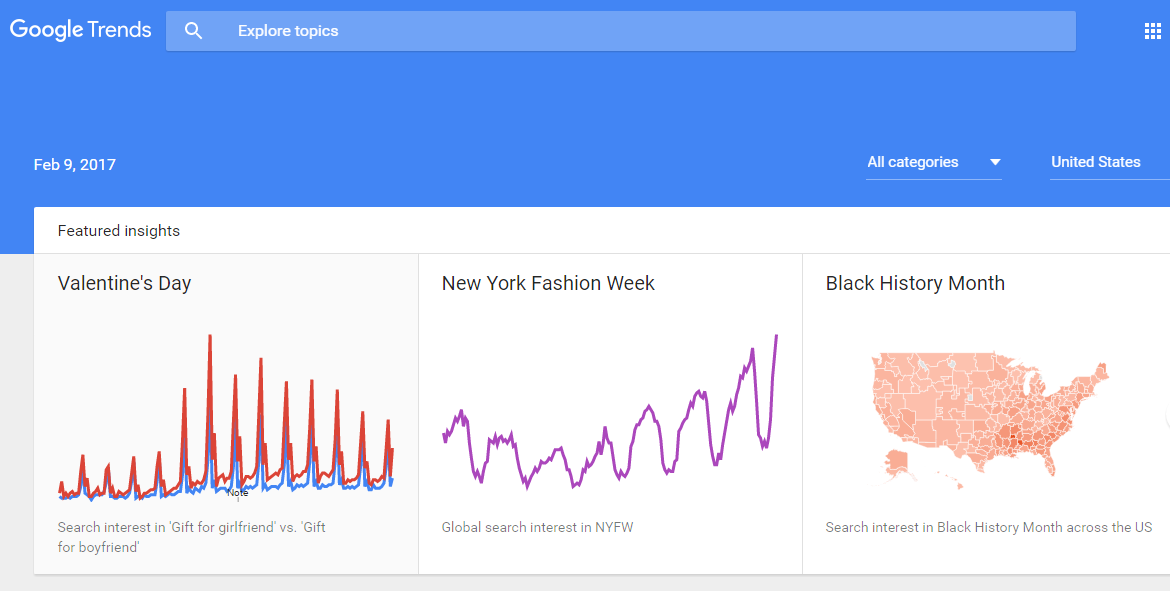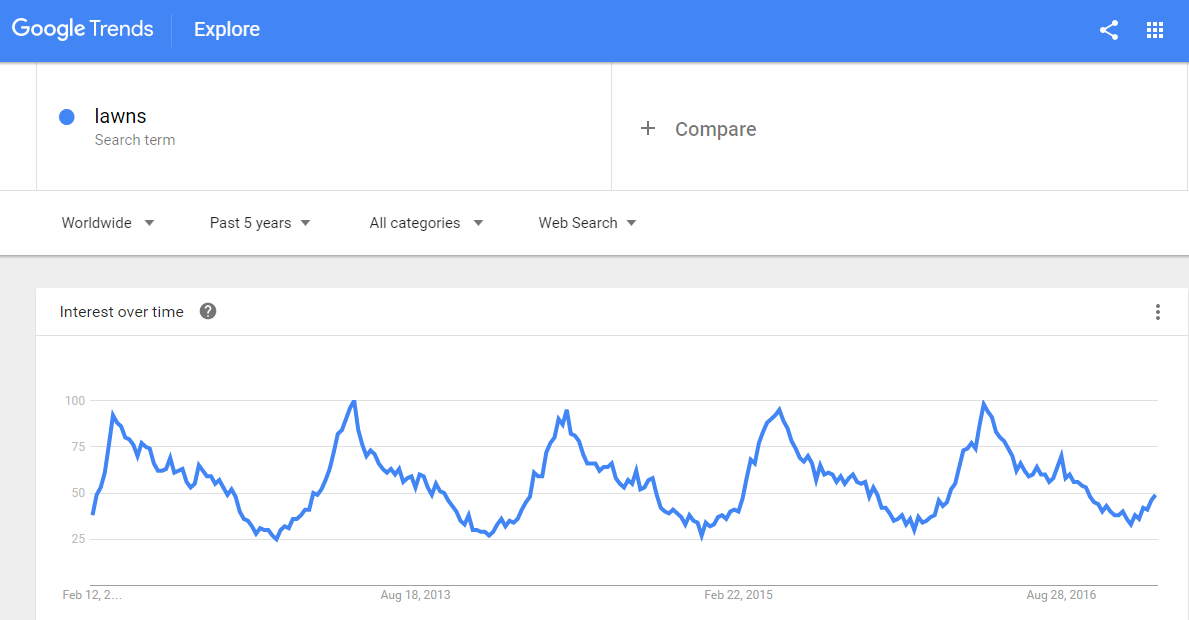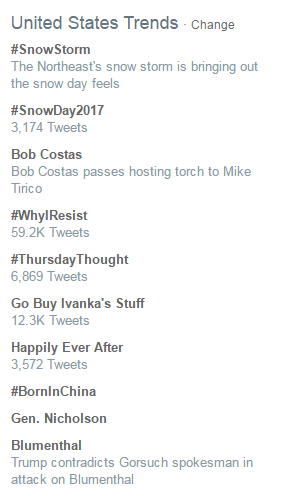Search Trends: How to Use Search Trend Data for Marketing
Paying attention to online search trends, which are search terms that are popular in Google, can provide valuable insight that can be implemented in a number of different ways.
Why Pay Attention to Internet Search Trends?
Chances are, even if aren’t a holiday-oriented business selling Halloween costumes or Christmas trees, you’ll be affected by seasonality in your business. Things may slow down in July and August with vacations and may become sluggish again in December. If you can identify these online search trends at the query level you’ll be able to:
- Create content that focuses on a specific search query that you know will be trending
- Know when to expect drops in search query volume and plan on combating dips with other efforts
- Strategically leverage a surge in search activity
Some valuable tools for discovering keyword search trends include:
- Google Trends & Google Insights for Search – These tools are great for capturing search trend data. This is where you should spend the majority of your efforts in identifying valuable web search trends.
- Google Analytics – Google Analytics lets you use your own personal data to identify search term trends that have high potential for your online marketing campaigns.
- PPC Data – You might also consider developing a PPC campaign where you’ll get a lot of great feedback regarding profitable top search trends quickly.
Web search trends can be used to discover valuable blogging ideas for upcoming blog posts. Google Trends and Google Insights are tools that make it easy to find recent hot search trends across the web.
Google Trends: Using the Latest Search Trends for Blog Post Topics
You can use Google Trends for search trend discovery, helping you find hot content topic ideas that could drive traffic to your site.
Using search engine trends to generate blog topics is a solid SEO technique because you already know that users are searching that keyword, making the blog post more likely to drive higher amounts of traffic to your site.
You can also type a keyword into the search bar and see the Google Trends search volume index across a range of several years. You can also narrow the Google search trends by country and year.
The only problem with using Google search trends in this manner is that while the blog posts you create might drive a lot of initial traffic, eventually those top search trends will cease to become popular.
Google Insights for Discovering Search Trends
Google Insights alleviates that problem by allowing you to look at Google search data trends based off of a number of variables such as location, time ranges, and search terms.

Google Trends results for the United States in February 2017. Note the heightened interest
in Valentine’s Day, New York Fashion Week, and Black History Month.
For SEO and content idea benefits, it makes sense to search for popular search terms based off of one of your industry keywords. Using “lawns” as an example for someone in the lawn care industry, it’s not surprising to note that most searches for lawn happen in the spring.

Google Trends data for the keyword “lawns” between 2012 and 2016. Unsurprisingly,
search volume for this keyword peaks around late April/early May, as indicated
by the spikes in the graph.
If I provide lawn care, I may want to consider writing a blog post about why real, natural lawns are preferable to fake lawns. “Food not lawns” reflects a growing movement towards using lawn space for gardens and food rather than grass lawns. Perhaps I could consider offering a food garden set-up service.
Twitter Search Trends
You can also search Twitter trends the same way you use Google Trends for search trend information and topic ideas.
This example focuses on Twitter trends from across the United States, but if you’re using Twitter to identify new topics or location-specific information, regional trend data may be more useful. It’s also worth noting that regional trends may differ widely from national trends.

Creating content around Twitter trending topics can be good because when you then tweet about your blog post with its corresponding hashtag, you know you are getting an audience. Twitter trends are often short-lived, though, so don’t spend all day trying to perfect that blog post or you’ll miss out completely. With Twitter trend topics, your content will have only a brief shelf life, but if the topic is popular enough, you could get some heavy traffic.
There are a number of additional ways you can discover popular search trends, such as researching YouTube search trends or considering mobile search trends.
Search Marketing Trends: Most Expensive PPC Keywords
At WordStream we’ve collected our own data about search marketing trends in connection with pay-per-click advertising. We scoured through search engine marketing trends to discover the most expensive keywords when dealing with AdWords advertising and compiled our data in a bright and fun-to-read Top 20 Most Expensive Keywords Infographic.
We continued our research by delving deeper and learning more about search industry trends and which industries were spending the most on keywords. This data was then formatted into our next infographic, What Industries Contributed to Google’s 2011 Revenues, documenting the latest search trends costing advertisers the most in terms of advertising dollars.
WordStream Advisor for Online Marketing Optimization
WordStream’s pay-per-click management software can help you make highly relevant, expert PPC ads quickly and easily. Get PPC help and learn all about beating AdWords with WordStream Advisor, which incorporates knowledge of AdWords quality score, PPC bid management, and traffic-driving keywords hand picked for your business. Learn how WordStream Advisor can boost your business today – try it free!
